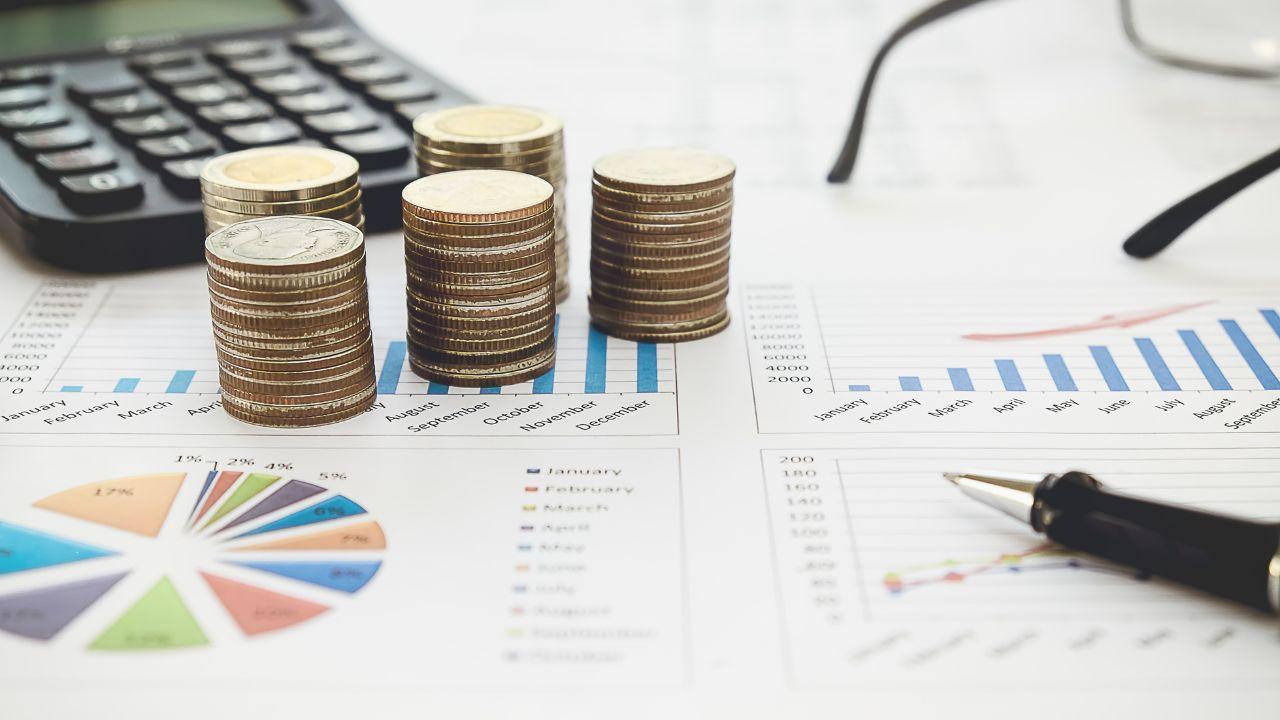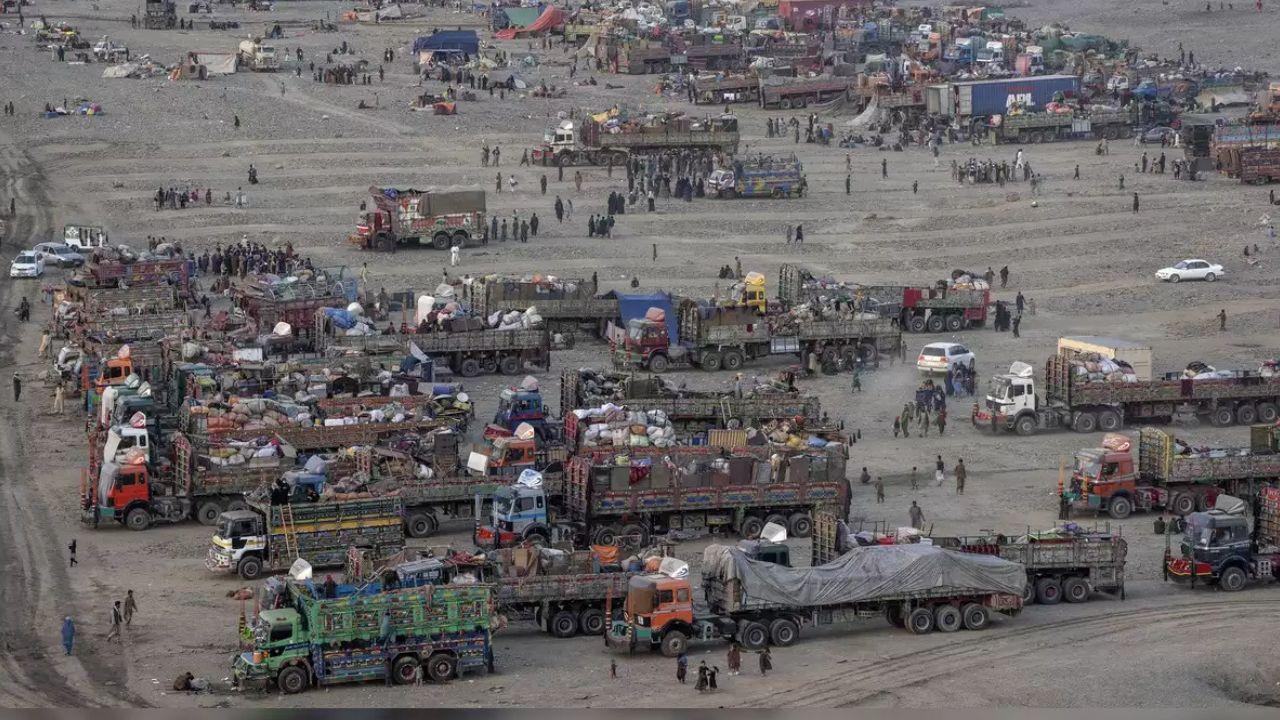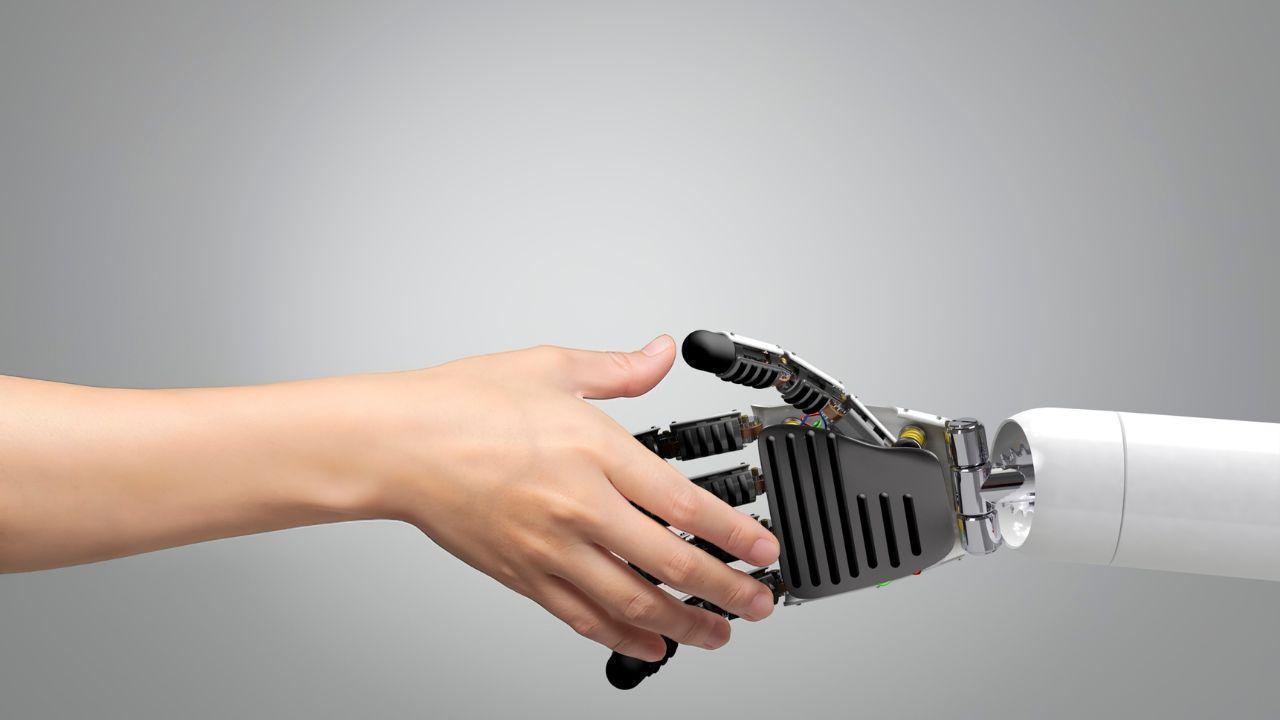
Post by: Luxmi Verma
How Banks Are Revolutionizing Payment Systems to Enhance Security and Speed
The way we make payments has changed significantly in the last several years. The days of primarily using cash and cheques for transactions are long gone. How Banks Are Revolutionizing Payment Systems is a significant aspect of the shift toward digital payments, which are currently the norm. In addition to providing more convenient payment methods, banks are enhancing security and accessibility through technology improvements. The article will explore how banks are influencing payments in the future and how these developments are advantageous to everyone.
The Shift to Digital Payments
For decades, cash and credit cards were the go-to methods for making payments. However, digital payment systems have rapidly gained popularity, and banks are leading this change. Whether it's mobile banking apps, peer-to-peer payment platforms, or contactless payment cards, digital payments are becoming the norm.
The emergence of mobile payment systems like Apple Pay, Google Pay, and Samsung Pay has been one of the most significant shifts. These services allow users to link their bank accounts or credit cards to their smartphones, enabling quick and secure payments without the need for physical cards. How Banks Are Revolutionizing Payment Systems is most evident in how they’ve integrated these technologies into their services, allowing customers to make payments with ease, anywhere and anytime.
Security Enhancements in Payment Systems
Security is one of the top concerns when it comes to digital payments. With the increasing number of online transactions, protecting customer data has become a priority for banks. To address this, banks have implemented advanced security measures, including encryption, two-factor authentication, and biometric verification (such as fingerprint scanning or facial recognition).
For example, banks use tokenization, a process where sensitive payment information is replaced with a unique identifier (token) that cannot be traced back to the original card number. This prevents fraudsters from accessing your account details during a transaction. As banks continue to innovate and implement these technologies, customers can feel more confident knowing that their financial information is protected.
The Role of Blockchain Technology
Another key development in the evolution of payment systems is the use of blockchain technology. While blockchain is most commonly associated with cryptocurrencies like Bitcoin, it has far-reaching potential in the world of banking and payments. Blockchain is a decentralized, digital ledger that records transactions across many computers. This technology provides transparency, reduces fraud, and ensures that all records are accurate and secure.
Blockchain is being investigated by banks in an effort to enhance international payments. Traditionally, international money transfers could take several days and involve high fees. With blockchain, payments can be processed much faster, and transaction costs can be lowered. This could revolutionize the way people and businesses handle global payments, making them more efficient and affordable.
Peer-to-Peer Payment Systems
Another area where banks are making significant strides is in peer-to-peer (P2P) payment systems. P2P payments allow individuals to transfer money to each other using their smartphones or computers, eliminating the need for cash or checks. Apps like Venmo, Zelle, and PayPal have become household names, and many banks are now integrating P2P payment features directly into their apps.
This shift is particularly beneficial for younger generations, who are more likely to prefer quick, digital payments rather than carrying cash. P2P payment systems allow people to easily split bills, send money to family members, or pay for goods and services, all from their smartphones. By embracing these digital platforms, banks are making it easier than ever for individuals to send and receive money with a few taps.
Real-Time Payments and Faster Transactions
Real-time payments have emerged as one of the most exciting developments in the world of banking. Traditional bank transfers, especially cross-border payments, could take several business days to process. But now, with real-time payment systems, money can be transferred instantly between bank accounts. This is a game-changer for businesses and individuals alike, as it allows for immediate transactions without the delay of waiting for a business day to end.
Banks are increasingly adopting real-time payment systems like the Faster Payments Service (FPS) in the UK, the Real-Time Payments (RTP) network in the U.S., and the Single Euro Payments Area (SEPA) Instant Credit Transfer in Europe. These systems are making it easier for individuals to pay bills, send money, and make purchases without waiting for hours or days.
The Rise of Digital Currencies
Another significant way that How Banks Are Revolutionizing Payment Systems is becoming more evident is through the exploration of digital currencies. While cryptocurrencies like Bitcoin and Ethereum have gained attention, many banks are focusing on Central Bank Digital Currencies (CBDCs). CBDCs are digital currencies issued by central banks and are considered legal tender.
Countries like China, the European Union, and the United States are in various stages of exploring or testing CBDCs. These digital currencies offer many advantages, such as faster and cheaper payments, increased financial inclusion, and greater control over monetary policies. As these digital currencies become more widespread, they have the potential to transform the way we conduct financial transactions globally.
Increased Accessibility for Everyone
Perhaps one of the most important benefits of the changes happening in payment systems is the increased accessibility for everyone. In the past, traditional banking services could be limited by geography, technology, or financial barriers. Today, with the help of mobile banking apps and digital payment platforms, individuals can access banking services anywhere in the world, as long as they have an internet connection.
For individuals in remote or underserved areas, this is a game-changer. Digital payment systems allow people to make and receive payments without needing to travel to a physical bank or branch. This is especially helpful for people in developing countries where access to banking infrastructure may be limited.
Summary:
The article discusses How Banks Are Revolutionizing Payment Systems and how digital technologies are reshaping the way we make payments. It highlights key advancements such as mobile payment apps, blockchain technology, peer-to-peer payment systems, real-time payments, and digital currencies. These innovations have improved payment security, efficiency, and accessibility, providing faster, safer, and more affordable ways to send and receive money. With the rise of digital wallets, real-time transfers, and Central Bank Digital Currencies (CBDCs), banks are paving the way for a new era in financial transactions that benefits both individuals and businesses.
Disclaimer:
This article is for informational purposes only and reflects general trends in banking and payment technologies. The DXB News Network does not endorse any specific payment system, financial service, or technology mentioned in the article. Readers should conduct their own research or seek professional advice when making decisions about financial transactions or adopting new payment methods. The effectiveness and applicability of these innovations may vary based on individual circumstances.
#trending #latest #BanksRevolutionizingPayments #DigitalPayments #MobilePayments #BlockchainTechnology #RealTimePayments #PeerToPeerPayments #SecureTransactions #FutureOfBanking #DigitalCurrencies #PaymentSystems #FinancialInclusion #CashlessSociety #BankingInnovation #CentralBankDigitalCurrencies #FasterPayments #TechInBanking #breakingnews #worldnews #headlines #topstories #globalUpdate #dxbnewsnetwork #dxbnews #dxbdnn #dxbnewsnetworkdnn #bestnewschanneldubai #bestnewschannelUAE #bestnewschannelabudhabi #bestnewschannelajman #bestnewschannelofdubai #popularnewschanneldubai

Delicious and Easy 10 Tasty Recipes to Try Today...Read More.

Emirates Foundation's Sanid Program trained 341 volunteers in first aid, fire safety, and crisis response, enhancing emergency preparedness across the UAE....Read More.














New E-Skin Enables Touchless Control and Robot-Like Sensation
Revolutionary e-skin mimics human touch, allowing touchless control, aiding robots, and helping peop

UAE to Launch Digital Dirham CBDC by Year-End for Secure, Efficient Payments
The UAE will introduce its Digital Dirham CBDC by year-end, enhancing security, transparency, and ef

Teenager Mensik Stuns Djokovic in Miami Open Final Upset
Jakub Mensik, 19, shocked Novak Djokovic in Miami, denying him his 100th title with a thrilling stra

IIMA's 60th Convocation & First International Campus in Dubai
IIMA held its 60th convocation, announced a Dubai campus, launched a new centre, and introduced a fi

Hamdan bin Zayed Performs Eid Prayer & Receives Well-Wishers
Sheikh Hamdan bin Zayed prayed on Eid in Al Mirfa, welcomed well-wishers, and reflected on the value